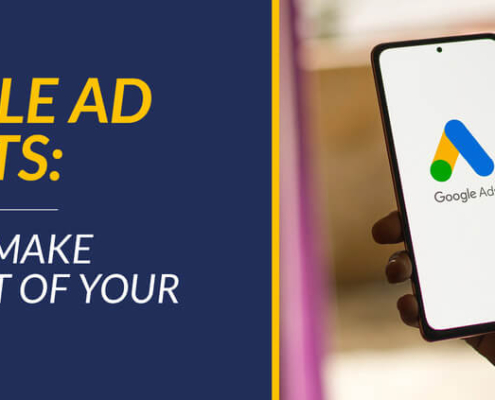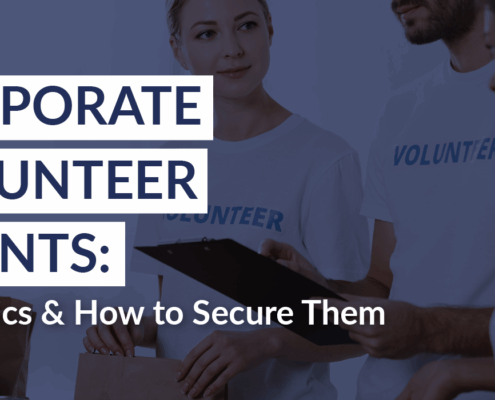
Google Ad Grants: How to Make The Most of Your Free Ads
Imagine having $10,000 each month to get your nonprofit in front…

10 Solid Nonprofit Membership Marketing Ideas to Drive Impact
In the fast-paced world of nonprofit, trade, and professional…

Corporate Volunteer Grants: The Basics & How to Secure Them
As a nonprofit professional, you know that every dollar gets…

Expand Your Professional Network: LinkedIn for Nonprofits
When it comes to making professional connections, LinkedIn is…